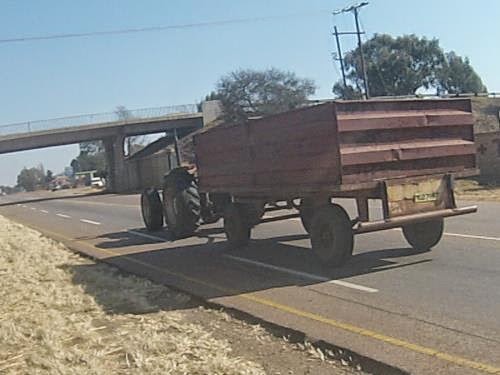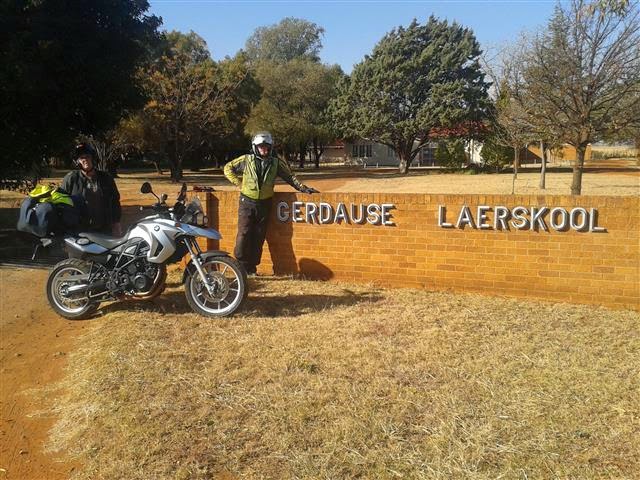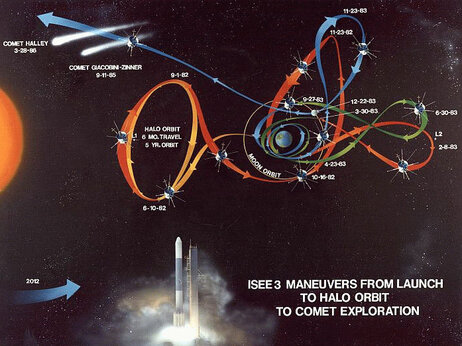We woke up after a good night's rest, and I got myself and Trish a cup of coffee and tea from the kitchen. Had it with some rusks we had over from the previous morning.
I went to the store room and got out my bike, and parked it with all the others on the lawn. then we sat down to a scrumptious breakfast, which contained some venison livers. It was delicious. Then we went back to the room packed all our stuff and then made our way home. Slowly. We stopped for photos at 8 Places (7 for the BMW Challange) and 3 geocaches.
We first went back into Groot-Marico for the Town Photo (Photo 1), and then got some petrol. Then made our way to Swartruggens (Photo 2) for a town photo and geocache. I must say the toll road costing R75.00 is ludicrously expensive, and must be the worst toll road I have ever ridden on. It is bumpy as hell.
We stopped at the Selons river bridge for a quick smoke break and geocache, and the onward to Boshoek for another town photo. We also stopped at a "Welcome to" sign by Pokeng (Photo 3). I found it funny when I thought of "Welcome to Pokeng (nothing)". There was a huge stadium to our right as we approached Boshoek from the south. I thought it might be a 2010 World-cup stadium, but I was later to learn that it was not as we saw the real 2010 stadium later on in Rustenburg.
 |
| Photo 1 |
 |
| Photo 3 |
 |
| Photo 2 |
We took our Boshoek town photo by the post office (Photo 4), and then also stopped at a small antique store just up the road to buy some small souvenir of our trip. Trish got a "Love is patience" tile, and I saw a small knife which I wanted to add to my small collection.
Then it was through Rustenburg on the R104, and we stopped at Kroondal for our next photo (Photo 5). We also looked for a place to have a drink, but we saw non to inviting. Then by mistake we got onto the N4 and off again at Buffelspoort where we had something to eat and drink at the garage. There were lots of other GS riders stopping at the garage, and riding past. There must have been some weekend thing on the go nearby for them. We took a photo here as well, but it was not part of the BMW Challenge (Photo 6).
 |
| Photo 4 |
 | |
| Photo 6 |
 | |
| Photo 5 |
Must say we did not feel to safe riding through Wonderklip. There was some uneasiness for both Trish and I so we decided to rather turn around and take a photo at the hospital sign as we entered Wonderklip. After the photo we got back on the bike and looked forward to the tar road ahead. It took us at lease 4 km before we hit the first patch of tar. I dont think a RT will make it there in one piece. The dirt road is quite bumpy.
 | |
| Photo 7 |
 |
| Photo 8 |
Once we hit the N4 is was plain sailing all the way to Tant Malies where we stopped for a smoke break, and decided to get some Dutch goodies from the Windmill on the other side.
Its lekker to e on a bike. There was a long queue of cars to get through the tunnel, and us with 2 other bikes just split laned past them all, and without the need to stop got through the tunnel no problem.
We drank a quick milkshake at the Windmill, and then bought our goodies inside, and then did the last leg of our journey home. We arrived home just after 5PM. A long day ... but a good day.
We did a total of 980 km in the 3 days, and a total of 13H30 hours moving time.



























